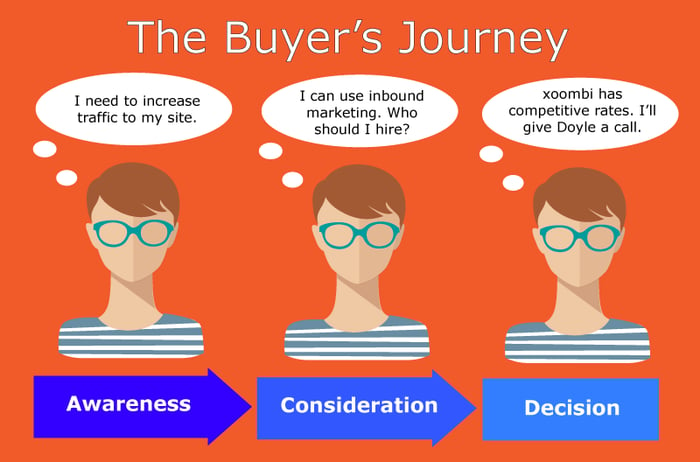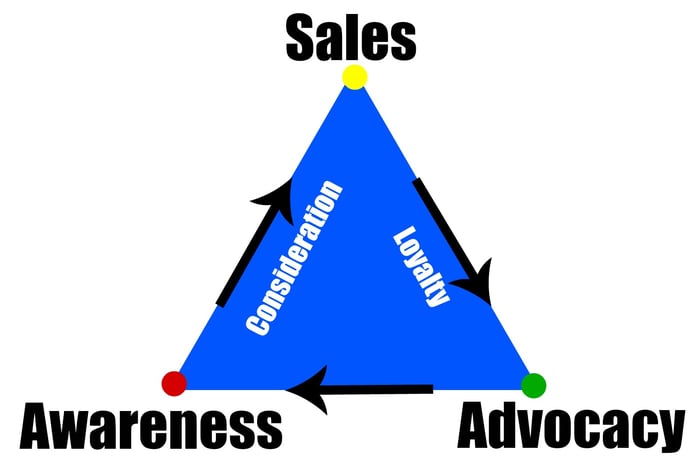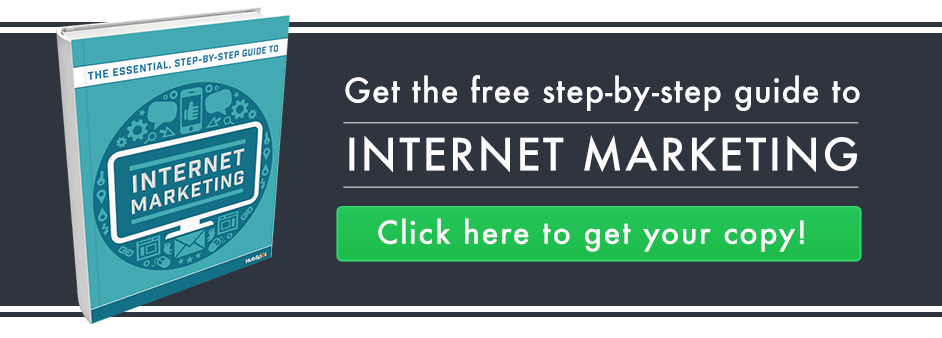
Marketing is a lot more complicated and omnipresent in the digital age. Long gone are the days when marketers only had to worry about getting their message across via a few magazines, newspapers, TV channels and radio stations. Given the popularity of the internet—and the multitude of opportunities it presents marketers—we have to relearn the principles of marketing.
We can no longer expect to simply identify needs and communicate benefits using a compelling message. Marketing online means we must create an immersive experience that engages consumers throughout the buyer’s journey.

In order to help you better understand how marketing has evolved, here are three principles of marketing online today:
1. Having Defined Marketing Goals
Given how rapidly new social media networks and apps are coming on the scene, it’s easy to get caught up in trying to be everywhere at once. Instead of pushing for a presence on every social media site, pick and choose which networks are best suited for your business.
For example, B2B businesses will have a lot of success on LinkedIn, while B2C retailers will find that Pinterest is a great place to find shoppers. By understanding what you need to accomplish and where online you can do that, your online marketing efforts will be more effective.

Forbes recommends that you start by evaluating these three metrics: awareness, sales and advocacy (i.e. customer referral). The consumer first becomes aware of your product or service at the “Awareness” phase, hence the red dot, moves through the consideration phase and to the purchasing point, accompanied by a yellow dot, and lastly builds brand loyalty and moves onto the advocacy stage (the green dot). The consumer then refers your product or service to others.
Try to concentrate your marketing efforts on one primary objective or stage of the process so that your marketing goals are clearly defined and your marketing strategy is more focused.
2. Creating a Sense of Community
It’s no longer enough to simply get the consumer’s attention and build awareness. It used to be that once prospects were aware of a product or service, sales could step in. Now there must be a layer of value added to this model.
You must engage prospective customers and provide them with valuable resources in order to truly get them into the buying funnel. What’s more, engaging content will encourage consumers to participate, thereby creating a sense of community.
3. Integrating New Technologies
It’s important that online marketers stay abreast of emerging technologies. While it may not be a reasonable expectation to have busy marketers test each and every new tool they come across, they should be aware of their options. After all, certain tools may prove to be incredibly beneficial and save marketers a lot of time and extra effort.
Conclusion
While marketing has certainly evolved over the past few years, marketers are now equipped with the tools to take on the marketing of the future. If goals are defined, a sense of community is created, and new technologies are integrated, marketing can ultimately harness the power of the internet to increase sales and increase a company’s bottom line.








